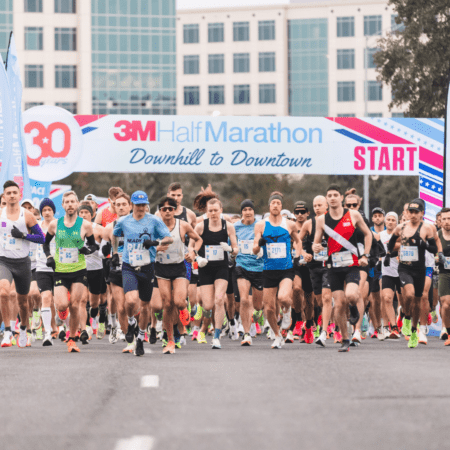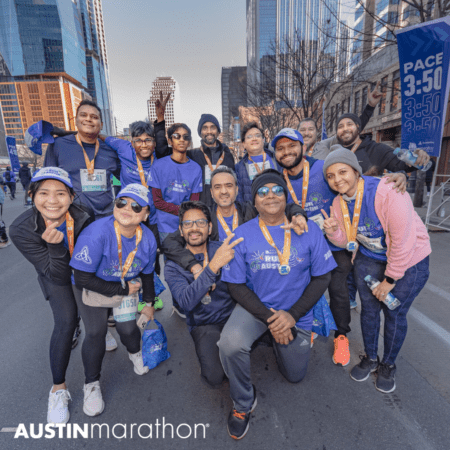What You Need to Start Training This Weekend for the Austin Marathon: Your Ultimate Guide
If you’re planning to start training for the Austin Marathon this weekend, congratulations! You’re about to embark on an exciting journey. But before you hit the pavement, it’s crucial to have the right gear, mindset, and plan in place. Here’s everything you need to kick off your marathon training with confidence.
1. The Right Gear: Don’t Leave Home Without It
When it comes to marathon training, having the right gear is non-negotiable. Here’s a quick checklist to get you started:
- Running Shoes: Invest in a quality pair of running shoes that suit your foot type and running style. Check out your local Fleet Feet to get your shoes fitted and ready for your runs. Make sure to break them in before logging long miles.
- Moisture-Wicking Apparel: Austin’s weather can be unpredictable, so opt for moisture-wicking fabrics to keep you comfortable. Look for lightweight, breathable materials that will keep sweat at bay.
- Hydration Gear: Staying hydrated is key, especially in warmer months. Consider carrying a handheld water bottle, hydration belt, or vest.
- Running Watch or Fitness Tracker: Monitoring your pace, distance, and heart rate can help you stay on track with your training plan. GPS-enabled watches are a game-changer for tracking Austin’s varied running routes.
 2. Your Marathon Training Plan: The Roadmap to Success
2. Your Marathon Training Plan: The Roadmap to Success
A well-structured training plan is your roadmap to crossing the finish line. Whether you’re a beginner or a seasoned runner, having a plan is essential.
- Beginner Runners: If you’re new to running, start with a beginner marathon training plan. These plans typically span 16-20 weeks and gradually increase mileage to build endurance.
- Intermediate and Advanced Runners: Those with some experience might opt for more advanced plans that incorporate speed work, tempo runs, and longer distances.
- Austin-Specific Tip: Tailor your plan to Austin’s unique terrain. Include hill workouts to prepare for the city’s hilly landscape, and consider training on routes like the Scenic Loop or Mount Bonnell for the extra preparation.
 3. Choosing the Right Running Routes in Austin
3. Choosing the Right Running Routes in Austin
Austin is known for its vibrant running community and scenic routes. Make the most of your training by exploring some of these local favorites:
- Lady Bird Lake Trail: Perfect for all levels, this 10-mile loop offers stunning views of downtown Austin.
- Barton Creek Greenbelt: Ideal for trail runners, this route offers a mix of challenging terrain and beautiful nature.
- Shoal Creek Trail: A great urban trail that winds through the heart of Austin, perfect for midweek runs.
Check out our latest blog post regarding hidden running routes in Austin.
 4. Nutrition and Hydration: Fueling Your Runs
4. Nutrition and Hydration: Fueling Your Runs
What you eat and drink plays a huge role in your marathon training. Start with these basics:
- Balanced Diet: Focus on a diet rich in carbohydrates, proteins, and healthy fats. Whole grains, lean meats, and plenty of fruits and vegetables should be staples.
- Pre-Run Fuel: A light snack like a banana or a piece of toast with peanut butter about 30-60 minutes before your run can help sustain your energy.
- Post-Run Recovery: Refuel with a combination of carbs and protein within 30 minutes of finishing your run. A smoothie with protein powder or a turkey sandwich are good options.
 5. The Right Mindset: Mental Preparation for Marathon Training
5. The Right Mindset: Mental Preparation for Marathon Training
Training for a marathon isn’t just about physical readiness; it’s also a mental challenge. Here are a few tips to keep your head in the game:
- Set Realistic Goals: Whether it’s finishing the race, hitting a personal best, or simply staying consistent, having clear goals can keep you motivated.
- Stay Positive: There will be tough days. Keep a positive mindset by celebrating small victories and staying focused on the bigger picture.
- Join a Running Group: Austin has a thriving running community. Joining a local group can provide motivation, support, and accountability.
Final Thoughts
Starting your marathon training this weekend is the first step towards an incredible accomplishment. With the right gear, a solid plan, and a supportive mindset, you’ll be well on your way to crossing the Austin Marathon finish line. Remember, every step you take brings you closer to achieving your marathon goals.
Good luck, and see you at the starting line!


 2. Your Marathon Training Plan: The Roadmap to Success
2. Your Marathon Training Plan: The Roadmap to Success 3. Choosing the Right Running Routes in Austin
3. Choosing the Right Running Routes in Austin 4. Nutrition and Hydration: Fueling Your Runs
4. Nutrition and Hydration: Fueling Your Runs 5. The Right Mindset: Mental Preparation for Marathon Training
5. The Right Mindset: Mental Preparation for Marathon Training improve cardiovascular health, and prevent injuries. Incorporating cycling into your running regimen can provide numerous benefits, making your training more effective and enjoyable. Whether you are a seasoned runner or a beginner, cycling can offer a low-impact alternative to running while still enhancing your fitness levels. In this blog,
improve cardiovascular health, and prevent injuries. Incorporating cycling into your running regimen can provide numerous benefits, making your training more effective and enjoyable. Whether you are a seasoned runner or a beginner, cycling can offer a low-impact alternative to running while still enhancing your fitness levels. In this blog, 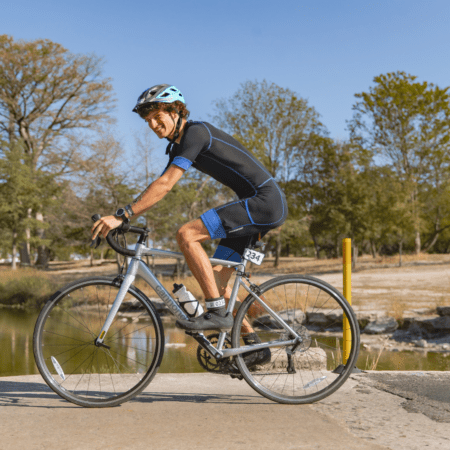 overuse injuries common among runners, such as shin splints and stress fractures. By incorporating cycling, you can continue to build endurance and maintain cardiovascular fitness without the high-impact strain that running entails.
overuse injuries common among runners, such as shin splints and stress fractures. By incorporating cycling, you can continue to build endurance and maintain cardiovascular fitness without the high-impact strain that running entails.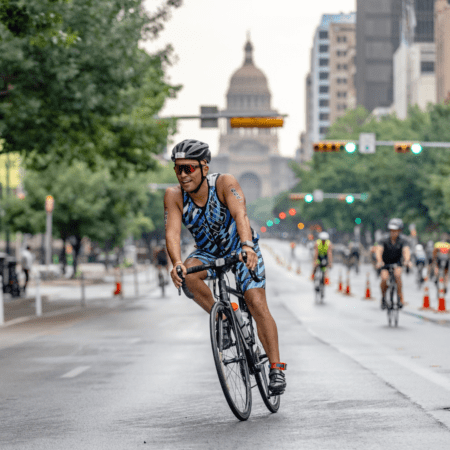 more efficient running form.
more efficient running form.



 Create a Supportive Environment
Create a Supportive Environment


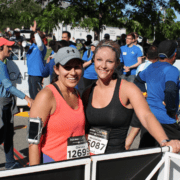
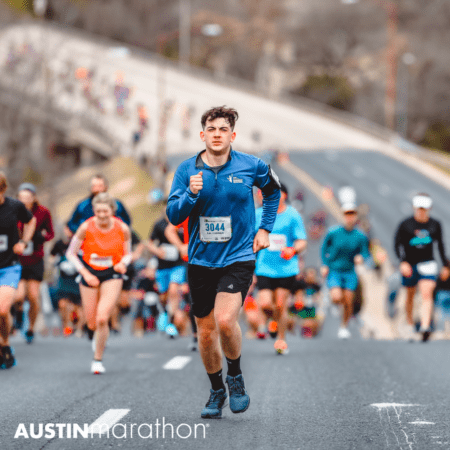 Step 4: Gradually Increase Your Mileage
Step 4: Gradually Increase Your Mileage